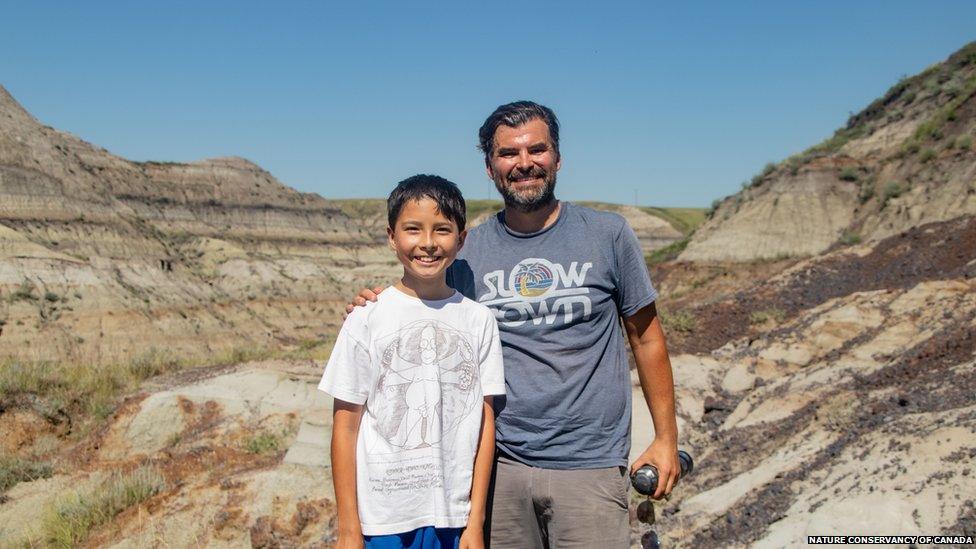New discovery shows dinosaurs could have suffered from coughs and colds
- Published
- comments
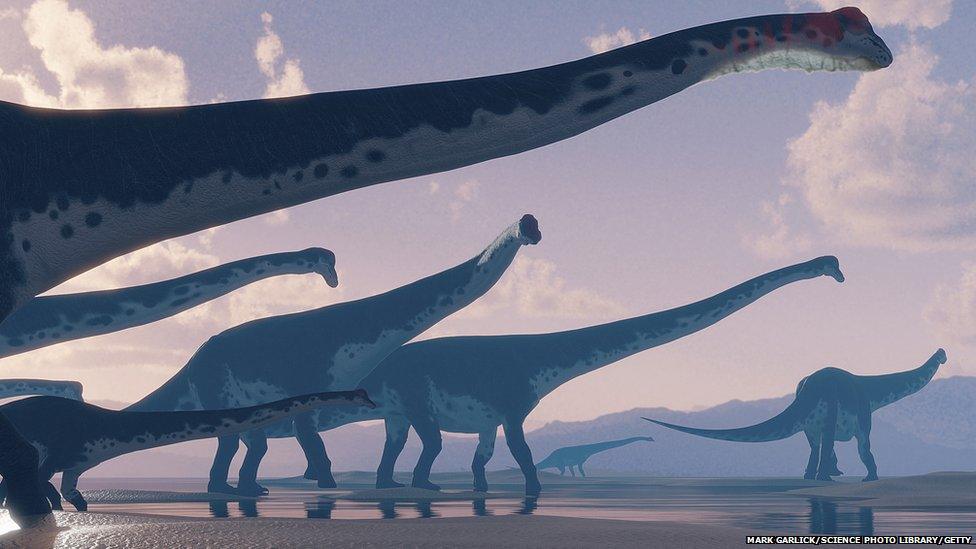
Colds, runny noses, sore throats and the headaches that come with them are never fun - but you might take comfort from the knowledge that even dinosaurs had the sniffles in the (very distant) past!
Palaeontologists (scientists that study dinosaurs) have found lumps in the neck of a long-necked dino fossil, which they think may have been caused by a viral infection the prehistoric creature had around 150 million years ago.
The bones belonged to a sauropod nicknamed 'Dolly', named after the famous country singer Dolly Parton.
Sauropods are known for their long, thick necks and tails, small heads and sturdy legs
They were herbivores, which means they only ate plants
Vets and other experts also studied Dolly's bones, and determined that the illness is similar to one that can be found in birds today.
The fact that the disease developed enough to affect her skeleton means Dolly would have been very poorly indeed after she caught it.
Because most illnesses don't travel as far as the bones, it's quite hard to figure out what kinds of things made dinosaurs sick millions of years ago.
However, fossil evidence in the past has shown tooth infections, cancer, broken bones, and arthritis in dinosaurs.
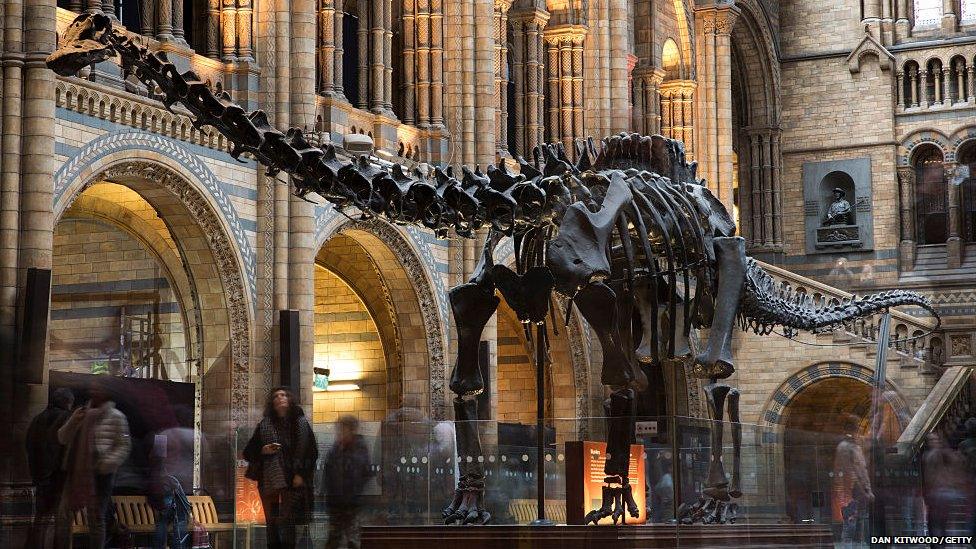
Dippy the dinosaur, the famous fossil that used to be displayed at the Natural History Museum, was a sauropod too
This is the first evidence of a respiratory infection - an illness that affects breathing - in dinosaurs, and could lead to more discoveries being made about how their bodies worked all those years ago.
Cary Woodruff, the director of palaeontology at the Great Plains Dinosaur Museum in Montana, USA, was a co-author of the study that published these findings. She said: "I've looked at sauropods from all over the world and I've never seen a feature like this before.
"It helps us understand the world that these dinosaurs were in - what kinds of illnesses and diseases plagued the tyrant lizards."
- Published26 June 2021
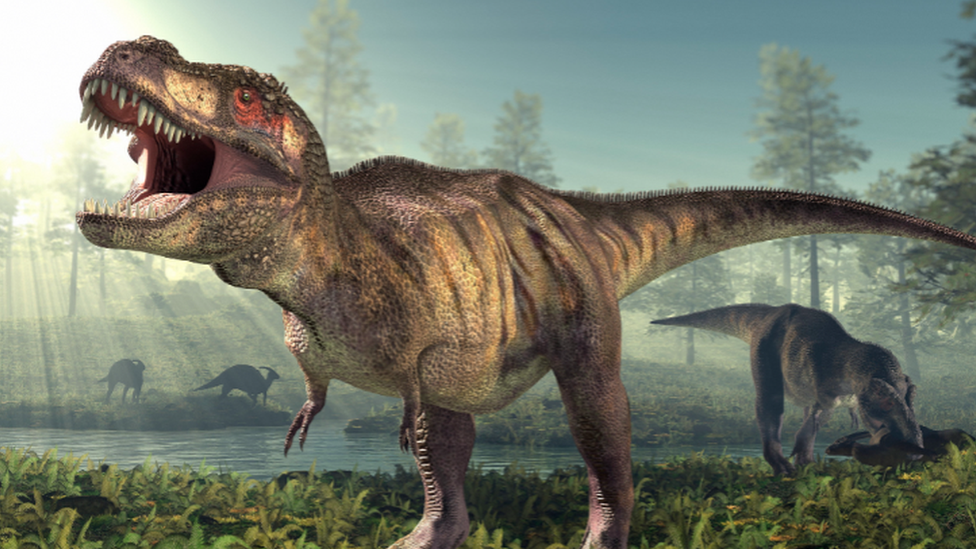
- Published27 September 2021
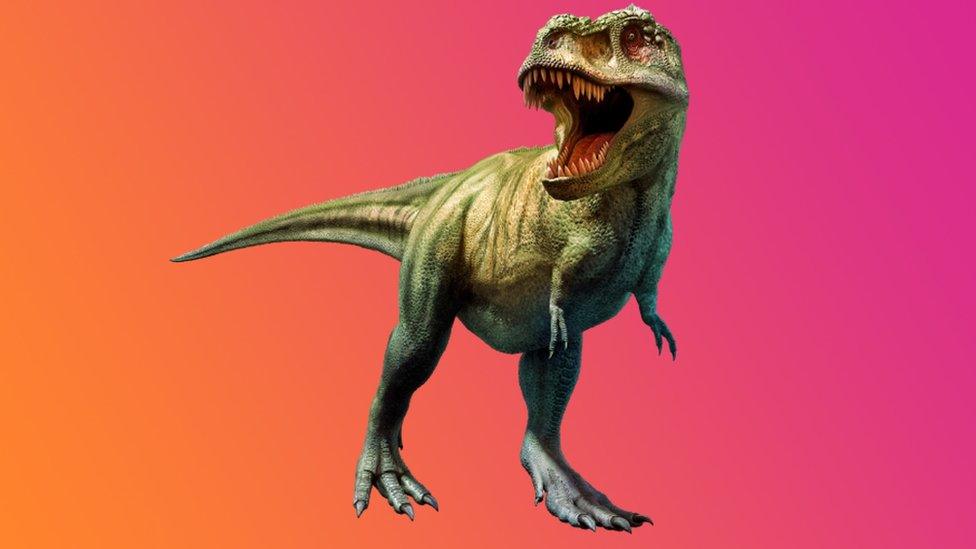
- Published16 October 2020
